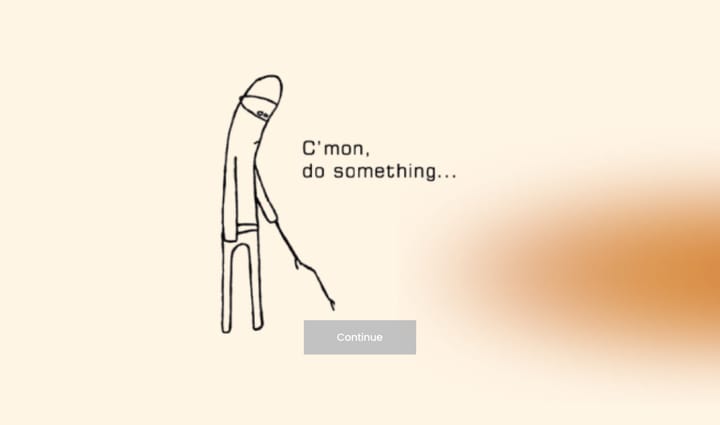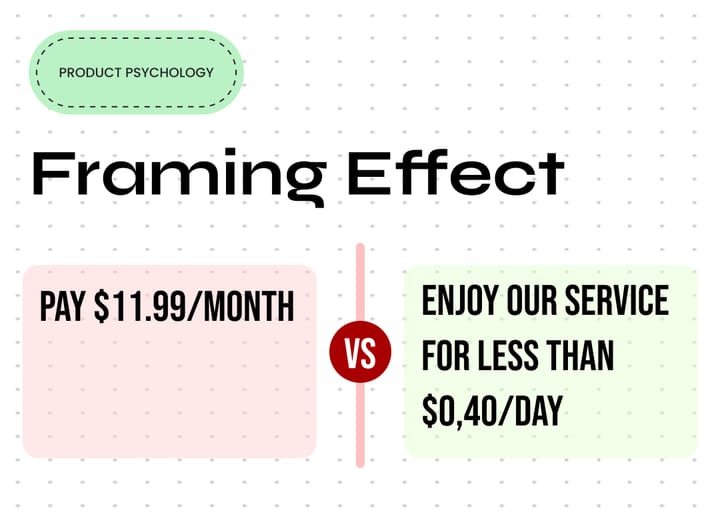"The Dark Side of UX Surveys: How This Popular Research Method Could Destroy Your Product"

UX surveys are everywhere in product development, and for good reason. They’re quick, affordable, and can reach a wide audience. Plus, they give you easy-to-analyze data that helps teams make decisions or confirm ideas with users. Surveys can often seem like the perfect solution.
However, this simplicity is exactly what makes them risky. As Erika Hall points out in her book Just Enough Research:
“Surveys are the most dangerous research tool—often misunderstood and misused. They mix qualitative and quantitative questions; at their worst, they bring the risks of both.”
How can Surveys go wrong?
- Mixing Qualitative and Quantitative Questions: Combining these two types of questions can create confusion during analysis, leading to misleading conclusions and flawed decision-making.
- Poorly Constructed Questions: Biased or leading questions can push respondents toward certain answers, compromising the accuracy of your results.
- Dependence on Closed-Ended Questions: While easier to analyze, closed-ended questions may miss important context and nuance in user responses, leaving critical insights unexplored.
- Surveying the Wrong Audience: If your sample isn’t representative of your target users, the results won’t reflect their true needs and preferences, leading to inaccurate conclusions.
- Misinterpreting Results: The appeal of quantitative data can sometimes lead teams to make incorrect assumptions, drawing false conclusions from limited or misunderstood information.
How does this impact your product?
- Misguided Feature Development: Poor survey data can result in developing features that users don’t actually want or need, wasting time and resources.
- Reinforced Biases: Surveys may confirm existing assumptions, limiting the exploration of innovative solutions and maintaining outdated perspectives.
- False Sense of Security: Relying too heavily on survey data can give teams an overconfidence in their decisions, potentially leading to overlooked risks and missed insights.
- Missed Opportunities: Surveys often capture what users say they want, but by not observing actual behavior, you could miss crucial insights that drive true innovation.
- Product-Market Misalignment: If the survey results don’t reflect user needs accurately, your product could end up out of sync with market demands, leading to low adoption and user dissatisfaction.
How to make sure that you next survey focused on what really matters reducing the risk of derailing the users
Surveys are easy to create and easy to distribute to your users in order to quickly gather some feedback. But you always have to be mindful when building the question that will drive the results to those surveys. Below you can find the surveys best practices that you can follow every time you are about to conduct a ux survey.
- Start with Qualitative Research: Use interviews or observations to shape your survey questions.
- Keep it Focused: Ask only essential questions to ensure high-quality responses.
- Mix Question Types: Include both open- and closed-ended questions, but analyze them separately.
- Pilot Test First: Test your survey on a small scale to catch issues before launching.
- Use Surveys with Other Methods: Combine survey data with other research for a fuller picture.
- Choose the Right Sample: Ensure your respondents reflect your target audience.
- Avoid Bias: Be careful with wording to prevent leading or biased questions.
- Analyze in Context: Consider external factors and limitations when reviewing survey results.
- Use Surveys for Validation: Focus on quantifying known issues or testing hypotheses, not exploring new areas.
- Question the Results: If findings seem off, investigate further rather than accepting them as final.
Conclusion
As we said earlier, surveys are essential, cheap and quick solution to gather feedback. BUT we need to take some time building them to ensure that we are heading in the right direction by asking the right things. The best practices list will help you set up for success. Feel free to share the article with your team, or other designers that will find it useful! 👋🔗


